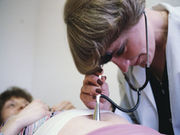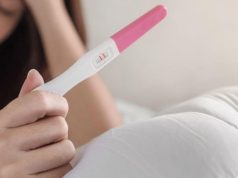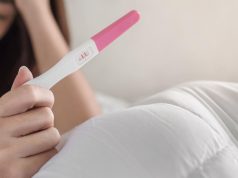Risk of placenta previa, placental abruption up in ART vs. spontaneously conceived singleton pregnancies
TUESDAY, May 15, 2018 (HealthDay News) — Among singleton pregnancies, assisted reproductive technology (ART) is associated with an increased risk of placental anomalies, according to a review published online May 8 in BJOG: An International Journal of Obstetrics & Gynaecology.
Belinda G. Vermey, from the University of New South Wales in Sydney, and colleagues conducted a systematic literature review and meta-analysis of studies evaluating whether ART singleton pregnancies are associated with an increased risk of placental anomalies versus non-ART singleton pregnancies.
Based on 33 low- to moderate-quality studies (124,215 ART and 6,054,729 non-ART singleton pregnancies), the risk of placenta previa, placental abruption, and morbidly adherent placenta was higher in ART versus spontaneously conceived pregnancies (odds ratios [ORs], 3.76, 1.87, and 2.27, respectively). Similarly, risk of placenta previa and placental abruption was higher in ART than in non-ART (subfertile patients; OR, 2.51 and 1.61, respectively). Among frozen-embryo transfer ART pregnancies, risk of placenta previa was higher, but not significantly, versus spontaneously conceived pregnancies (OR, 2.42; 95 percent confidence interval, 0.63 to 9.3).
“Singleton ART pregnancies are associated with an increased risk of placental anomalies compared with non-ART singleton pregnancies,” the authors write.
Copyright © 2018 HealthDay. All rights reserved.








